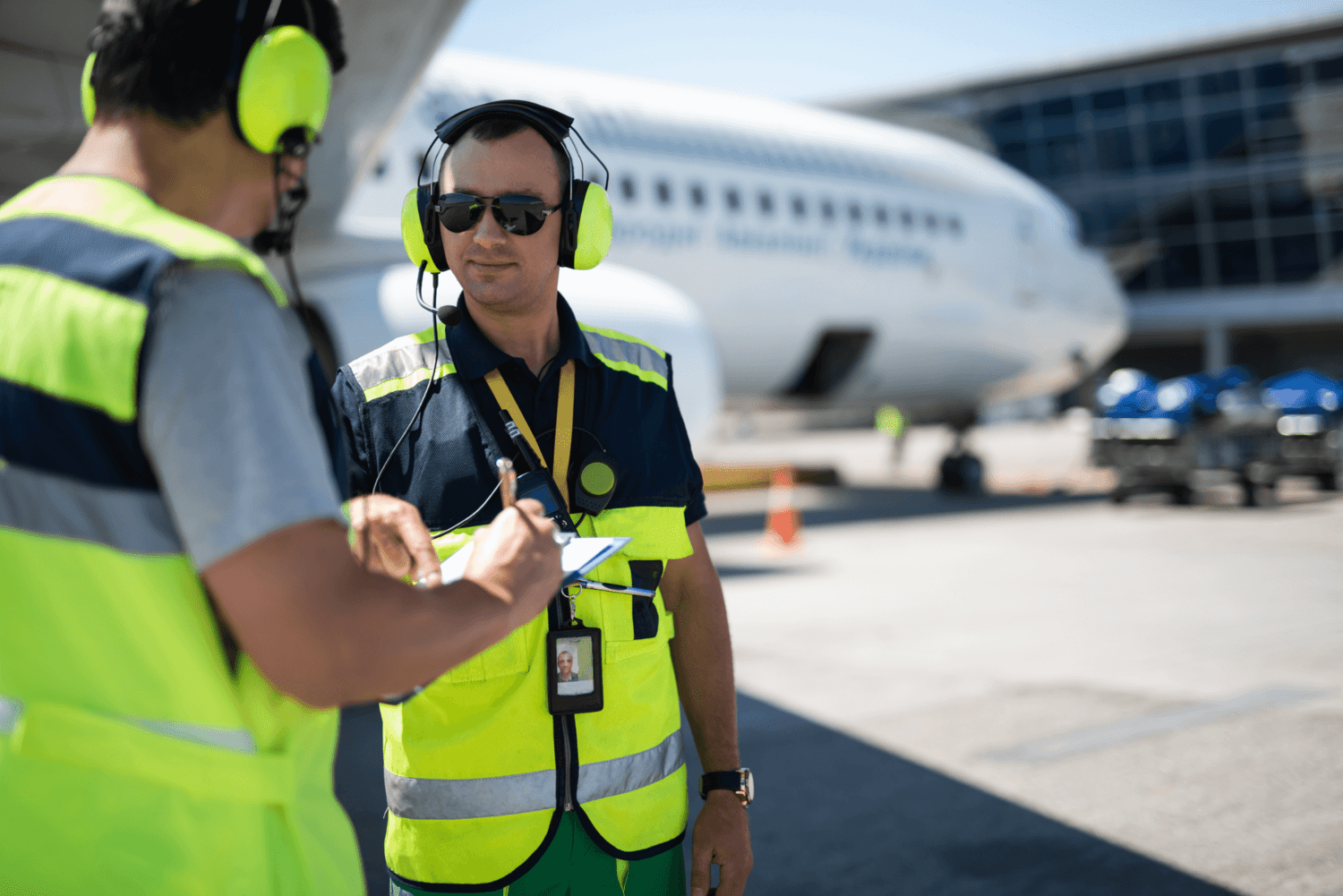
Release date : 2020-09-09
Top 5 issues putting aircraft parts suppliers off greater profit
In the nearest future the rapidly evolving regions, such as China, India and Russia are expected to experience the highest demand in aircraft and the MRO markets. However, the Northern American and the Western European investors are reluctant to expand their businesses to the areas. Such disinclination is based on different business prerequisites, cultural barriers, bureaucratic apparatus, etc. According to Locatory.com experts, the predominant reasons must be the lack of proper market analysis and the negative notion about the difficulty of organizing business in the growing economies.
The aforementioned experts describe the entrance into such markets as a new learning experience as companies must find the best ways to adapt to new cultures and navigate their businesses according to new rules and regulations. In the meantime, access to aircraft parts and components’ providers is vital for the emerging markets as the development of the sector itself is directly dependent on aircraft parts’ import and quality standards.
After thoroughly examining the situation, Locatory.com listed 5 statements often used by companies when giving reasons for their reluctance to enter new markets:
1. I do not have clients in these countries and I am unaware of their business ins and outs.
In the last couple of decades the business climate in the emerging markets has changed significantly. Among other things, experts have observed an ongoing shift towards considerably larger business models. Most Chinese, Latin American and African companies operate according to the Western business culture, sometimes Western business models are implemented even faster and in a stricter manner than they are in the West. Despite some countries still having to deal with various complicated government imposed legal constraints, in contact with Western suppliers or clients companies tend to make independent decisions and take full responsibility for sorting out government formalities.
2. It is juvenile market and we cannot expect to sell anything.
For a very long time now airlines have been operating outside of the USA and Western Europe – relatively high and rapidly growing passenger flows can be observed in Indonesia, Malaysia, China, India, Africa and Russia. Needless to say that all aircraft require technical support and servicing; therefore it would only make sense to connect as many markets as possible thus ensuring faster and more cost-effective solutions. The emerging markets have no other option than to collaborate with the Western companies, otherwise further expansion and quality services are completely out of question.
3. New markets complicate the existing logistics systems.
As the American and the Western European countries operate global logistics networks, the regional logistics services providers can offer express services at highly attractive prices. This way companies do not have to search for new carriers and all customs formalities, i.e. documentation, costs, etc.. are taken care of by the buyer who has local knowledge and experience and is interested in receiving his goods in time, therefore will do anything in his power to make the process as smooth and fast as possible
4. Payments delay.
Unfortunately, nowadays late payments are becoming more and more common in many different business sectors. The aviation sector is certainly an exception as most companies adhere to exceptionally high business standards, based on an increasingly important competitive image, especially in emerging markets.
5. Under-the-counter transactions.
The largest aviation companies in the emerging markets are predominantly privatised and do not belong to the public sector. The private sector is interested in making profits, providing quality services and remaining highly competitive among the largest regional and global companies. There are no more shady transactions in the aviation industry as there cannot be any.


